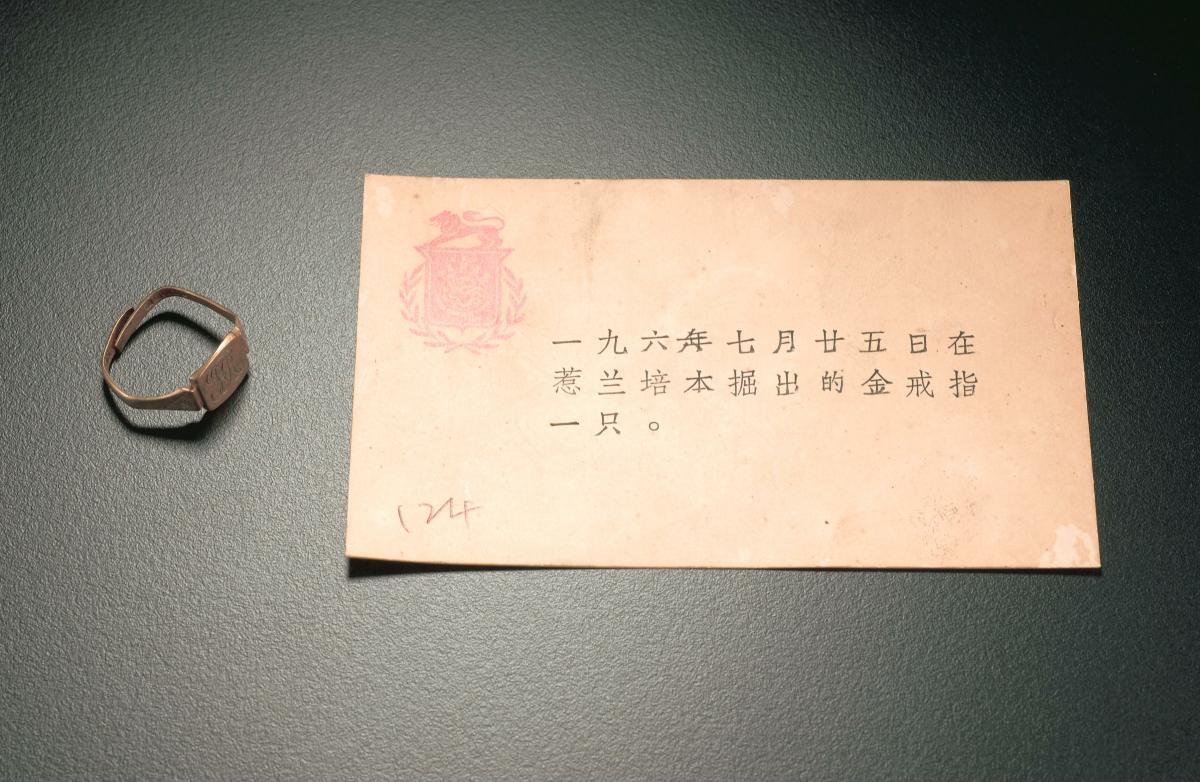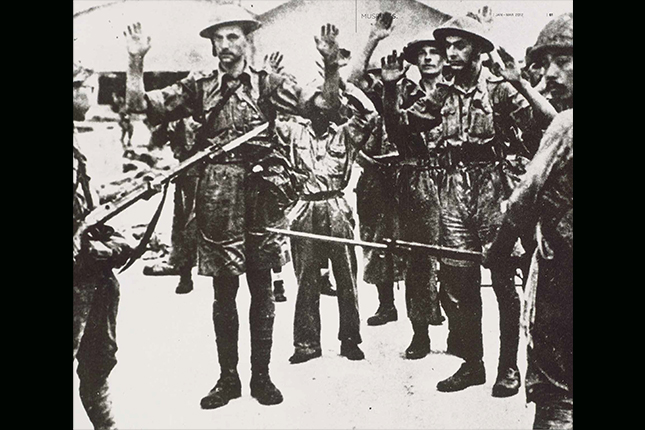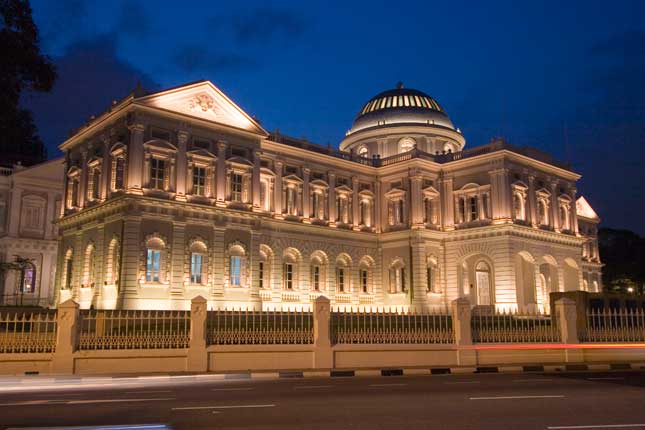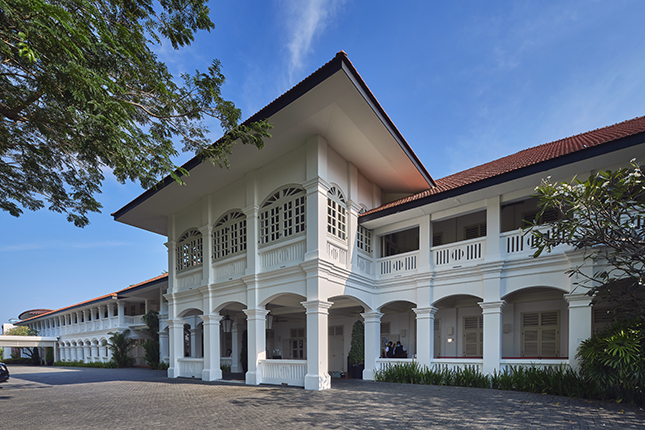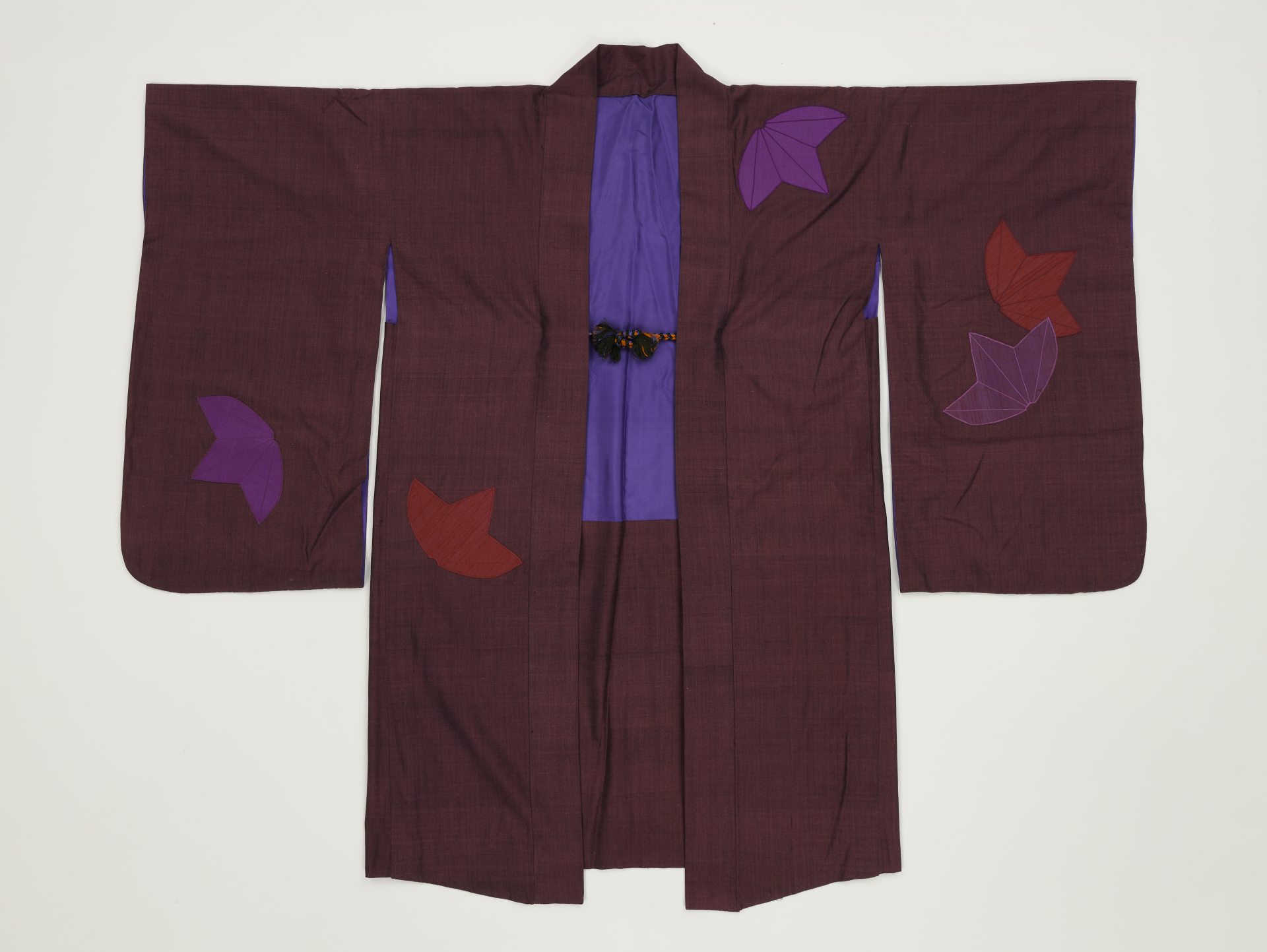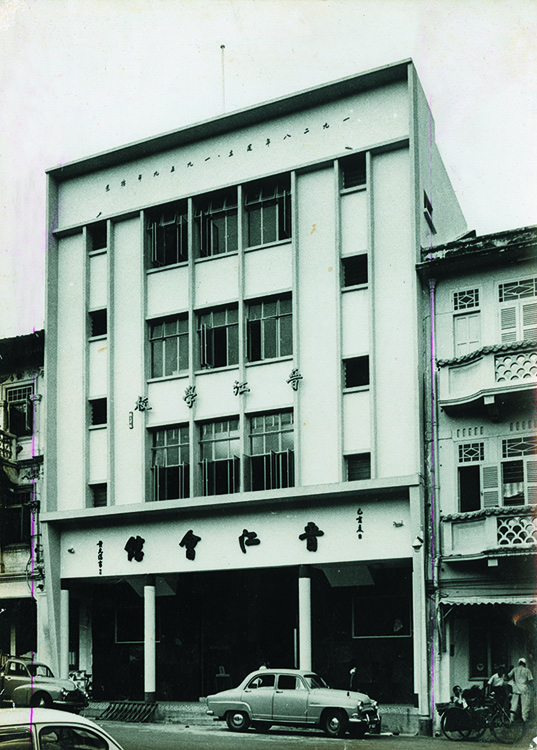Text by Daniel Tham
BeMuse Volume 5 Issue 2 - Apr to Jun 2012
A section of the Gold Rush: Treasures of Ukraine exhibition was devoted to exploring the history and significance of gold in Singapore to draw interesting parallels and points of comparison with the travelling Ukrainian collection. Just as the theme of cross-cultural interaction and influence is evident in the various styles and techniques found in the Ukrainian collection, the story of gold in Singapore is inextricably linked to the broader Southeast Asian context and the migration of cultures and traditions, especially since the 19th century.
The earliest-dated archaeological finds in Singapore may be traced to the 14th century, when Singapore was a settlement under the influence of and most probably ruled by the Majapahit kingdom. The Javanese Kala-head design on the gold armlet found at Fort Canning Hill attests to this. While the armlet remains on permanent display at the National Museum of Singapore’s Singapore History Gallery, other examples of classical Javanese gold jewellery and ornaments were on display at the Gold Rush: Treasures of Ukraine exhibition. These pieces, as well as other Southeast Asian gold pieces, were drawn from the Asian Civilisations Museum’s collection to supplement the National Museum of Singapore collection on display. Collectively, these artefacts help establish the important regional context that shaped the formation and development of Singapore’s material culture.
Since the 19th century, Singapore’s rapid growth as a colonial port city resulted in a confluence of local and migrant cultures. The use of gold by different communities that began settling in Singapore illustrates this well. While tastes and preferences varied, gold was commonly appreciated for its economic and symbolic value. It was also the precious metal of choice for jewellery made especially for important life events, such as weddings and birthdays. A selection of Malay, Indian and Chinese jewellery, some of which used for such special occasions, were on display at the exhibition. In addition, the Peranakan gold jewellery on display introduced another fascinating angle in terms of the hybrid of influences on its style, mirroring the rich and complex multiculturalism that so characterises Singapore society today.
Gold also featured strongly in the celebration of milestones in Singapore’s history, through the use of the precious metal in commemorative coins and medals to convey the occasions’ enduring significance. Such commemorative items include the 150-dollar gold coin issued in 1969 on the 150th anniversary of Singapore’s founding, and the pendant medallion for the Mayoral Chain of Office to mark Singapore’s city status conferred in 1951. Both pieces are historically significant: the former was the first gold coin issued by the Board of Commissioners of Currency and minted by the Singapore Mint, while the latter was commissioned by the Chinese community in Singapore but rejected by Singapore’s then-Mayor Ong Eng Guan, who banished it together with the Mace of the City of Singapore, which he termed a “colonial relic”.
The story of Singapore gold, however, is not complete without an understanding of the history of the goldsmith craft and the many goldsmith shops that populated areas like South Bridge Road from the early 20th century onwards. Both subjects were explored at the exhibition, with an emphasis on the process of local gold-work and the unique culture of buying and selling gold in Singapore. It thus becomes clear that while the universal appeal of gold is evident in both the Ukrainian collection and the Singapore selection, its unique place in each culture and history cannot be overstated.
The earliest gold found in Singapore was of Javanese origin, attesting to Singapore’s pre-modern beginnings as a 14th century settlement under the Majapahit empire. This ear pendant is crafted to depict the Shankha, the conch shell-shaped emblem of the Hindu god Vishnu.

Collection of Asian Civilisations Museum, National Heritage Board. Gift of Mr and Mrs Andy Ng. L2 x W1.5cm.
Kerosang or brooches were popularly worn by Peranakan ladies as fasteners for their blouse. This brooch set is linked by chains and is set a jour with diamonds to form a beautiful bird motif with accompanying lush foliage.

Collection of Asian Civilisations Museum, National Heritage Board. H19 x W3.7 x D1cm, H5.2 x W3.7 x D1cm.
The pendant medallion for the Mayoral Chain of Office was commissioned by the Chinese community in Singapore to commemorate Singapore’s city status, conferred in 1951. The medallion features the coat of arms of the City of Singapore, and the motto “Majulah Singapura” (Onward Singapore), which has since been adopted as the title of Singapore’s national anthem.

Collection of National Museum of Singapore, National Heritage Board. Gift of Public Utilities Board. L11.2 x W8.3cm.
This is the first commemorative gold coin commissioned by the Board of Commissioners of Currency and minted by the Singapore Mint in 1969 to mark the 150th anniversary of Singapore’s founding by Sir Stamford Raffles. The obverse shows the coat of arms of Singapore, while the reverse bears the design of the Horsburgh Lighthouse, built in 1851, on Pedra Branca island.

Collection of National Museum of Singapore, National Heritage Board. D3.0cm.
Daniel Tham is Assistant Curator, National Museum of Singapore.






